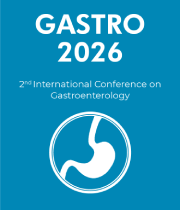Gallbladder
The gallbladder is a small pear-shaped organ located beneath the liver in the upper right side of the abdomen. It is responsible for storing bile, a digestive enzyme produced by the liver. Bile helps to break down fats and absorb nutrients from food as it passes through the small intestine. The gallbladder receives bile from the liver via a duct, and stores it until it is needed. When food enters the small intestine, the gallbladder contracts and expels bile into the intestine, where it helps to break down and absorb nutrients. The gallbladder can become diseased due to the presence of stones, or gallstones, which are hard deposits of cholesterol and other substances. These stones can block the flow of bile, resulting in pain and other symptoms. Gallstones can also cause inflammation of the gallbladder, known as cholecystitis. In some cases, the gallbladder may become infected, leading to a condition known as cholecystitis. This infection is usually caused by a type of bacteria called E. coli and can cause fever, nausea, and vomiting. Treatment for cholecystitis typically involves antibiotics and possibly surgery to remove the gallbladder. Gallbladder cancer is a rare but serious condition that occurs when cancer cells form in the gallbladder. Symptoms of gallbladder cancer may include jaundice, abdominal pain, unexplained weight loss, and changes in bowel habits. Treatment for gallbladder cancer may involve chemotherapy, radiation, and/or surgery. The gallbladder plays an important role in the digestive system, as it stores and releases bile needed to break down and absorb nutrients. It can become diseased due to the presence of gallstones or infection, and in rare cases, cancer. Treatment depends on the underlying cause and may involve antibiotics, surgery, and/or chemotherapy.



